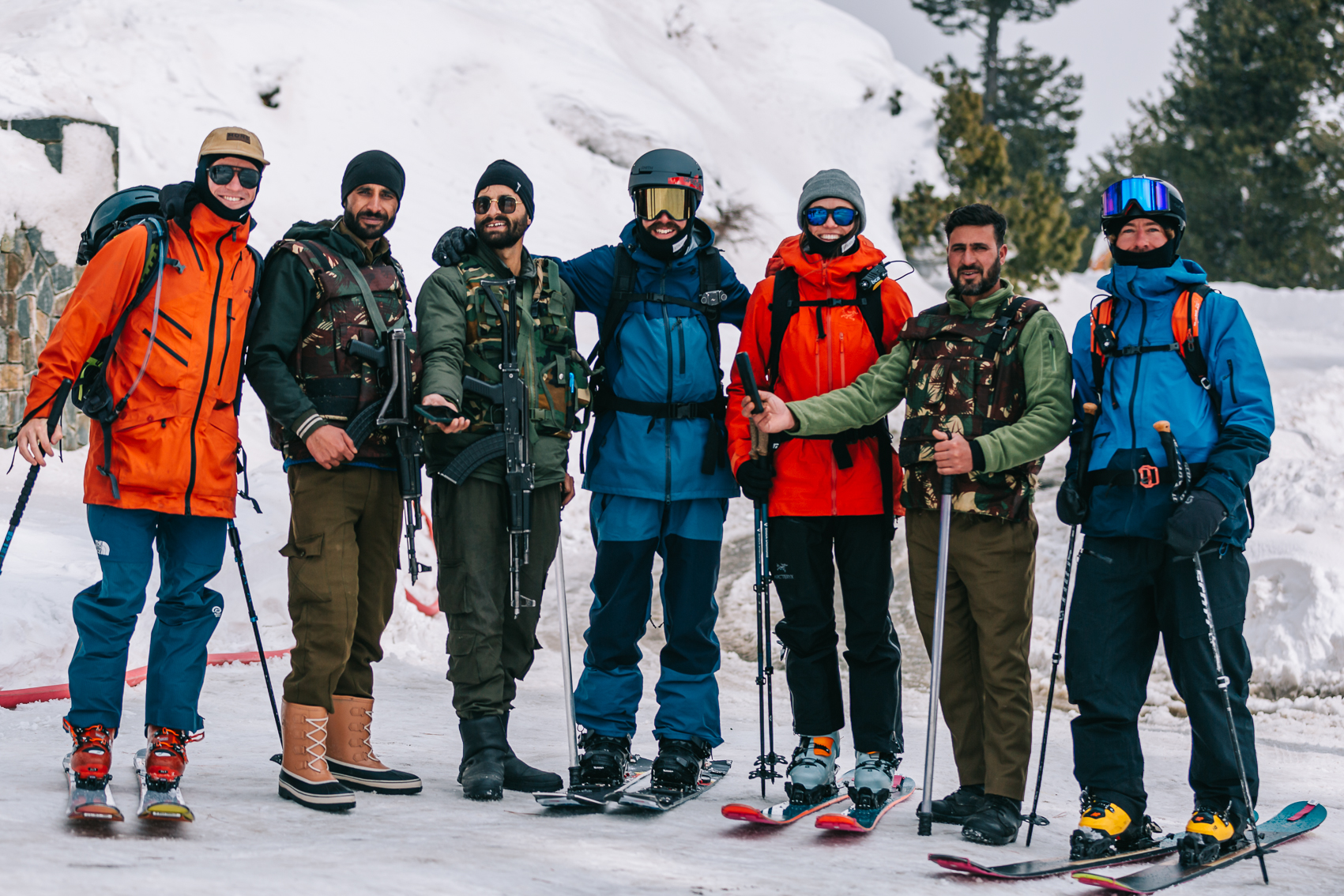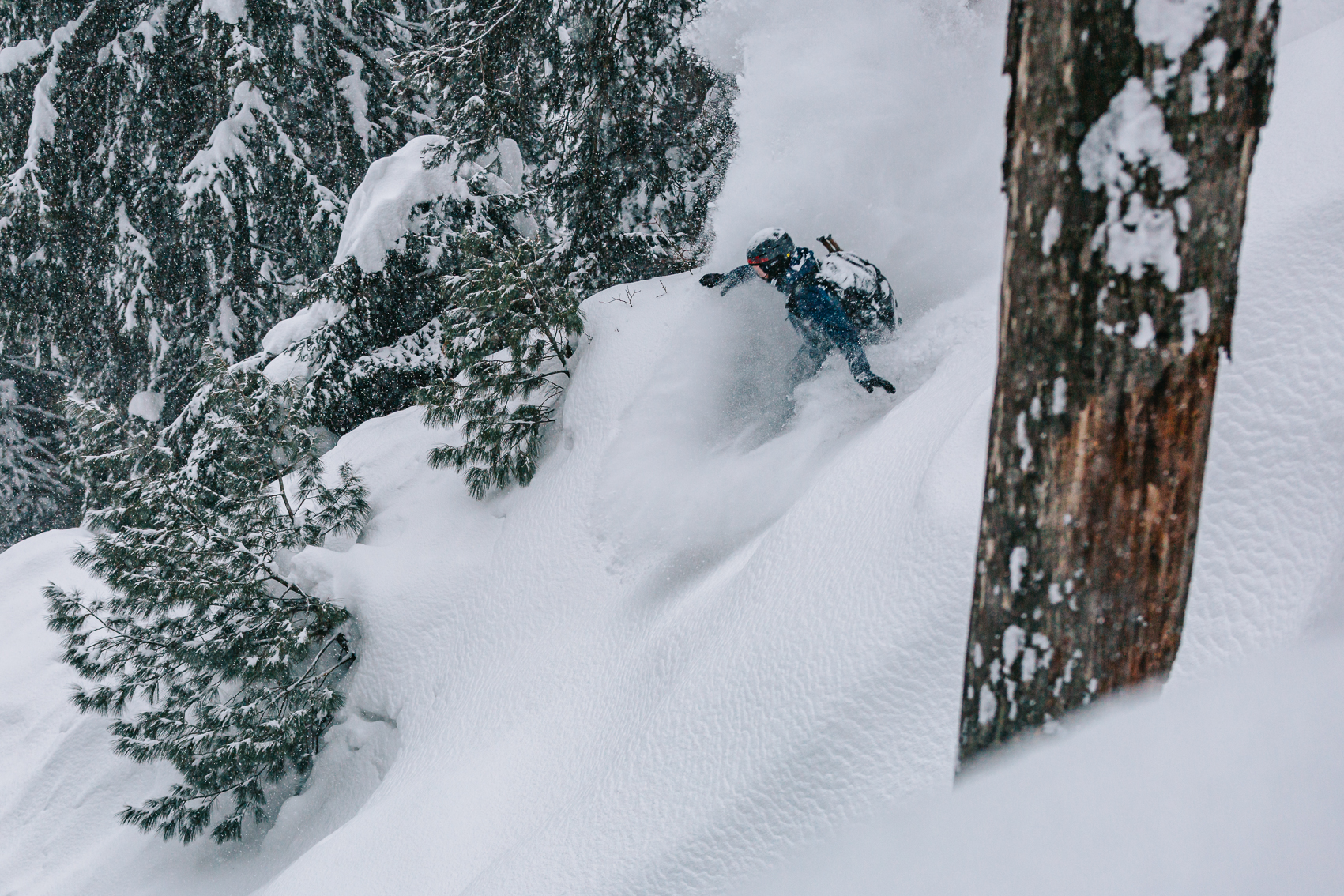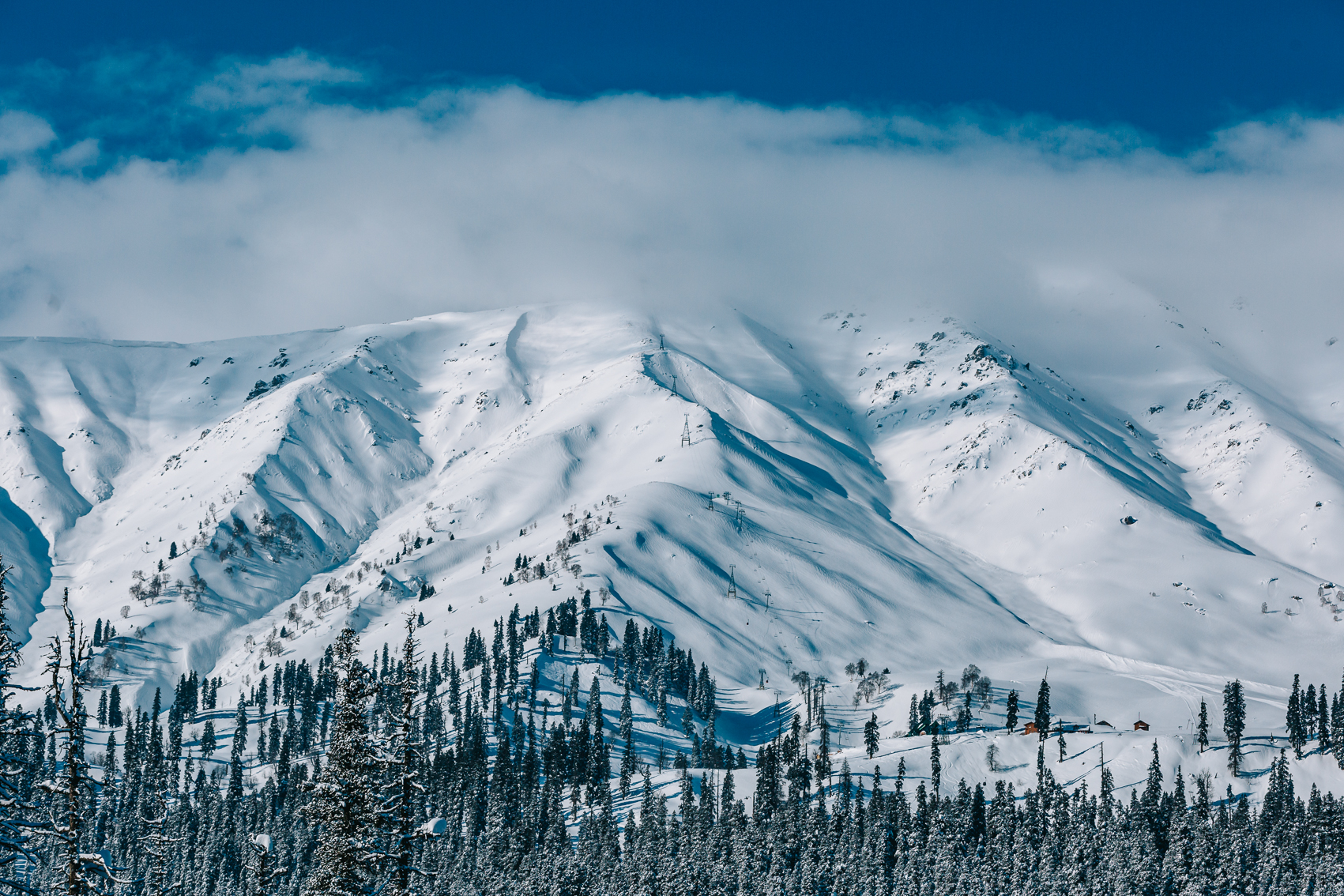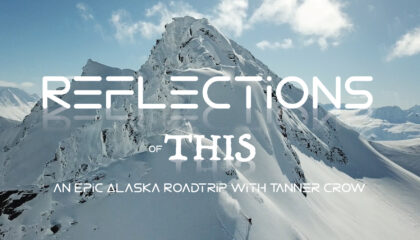- GEAR
- SPARE PARTS
- Backcountry Kit
- Pro Backcountry Kit
- Binding Hardware Kit
- Pro Binding Hardware Kit
- LT Bracket
- Snap Block
- ST Bracket
- T1 Heel Rest
- Ankle Buckle
- Toe Buckle
- Ankle Ladder
- Toe Ladder
- Ankle Adjuster
- Toe Adjuster
- Vert Pucks
- Stainless Steel Pin
- Mini Puck Alignment Guide
- Puck Alignment Guide
- Spark Skin Trimmer
- BINDING TECH
- FAQs
- DEALERS
- TEAM RIDERS
- CONNECT
- ABOUT US
- CONTACT US

Dedicated to pushing innovation in splitboarding since 2006.
866.725.2085
Email: sales@sparkrandd.com
Spark R&D
P.O. Box 3284, Bozeman, MT 59772 USA
Trip Report: Mike Handford, Splitboarding in Northern India
Last Fall, Team Rider Mike Handford and a few riders and skiers from the All Us in Winterland crew spent two weeks splitboarding and exploring the disputed Kashmir region of Northern India.
Words: Mike Handford
Photos: Cam McDermid

I race forward towards the passenger side window of our minibus and vomit. Only half makes it outside of the bus; the rest is covering the inside of the glass and the front passengers' shoulders. I've had food poisoning since 4 am, and it's now 11 am. We are three hours into a winding 10-hour drive between Jammu and Gulmarg. The Jammu-Srinagar National Highway is renowned as one of the most treacherous roads in the world, with landslide sections named "Khooni Nallah" (Stream of Blood) and "Panthal" (Devil's Overhang), among others. Combine this with our driver's tactic of blaring the horn as if to warn other psychopathic road users of his unwillingness to slow down, only to slip into a gap barely bigger than our swaying chariot at the final second. Needless to say, we were on edge, and it wasn't helping my bodily fluids stay where they are meant to be.
We had initially aimed to reach a basecamp in a valley near the small town of Gulabgarh. However, logistical problems with transporting our basecamp up to 4000m, along with the forecast of a weeklong storm, forced us to pivot to plan B. We set our sights northward towards Gulmarg and the Pir Panjal Range of the Himalayas. Usually, a short 5-hour journey from Delhi to Gulmarg by plane and taxi had, at this point, descended into a 3-day marathon of multiple flights, lost baggage, and countless garlic naan breads. It seemed our trip was off to a less than ideal start.
The presence of Indian soldiers is a constant reminder of the active conflict in the area.
Gulmarg lies squarely in Kashmir, a disputed territory just a few miles from the Line of Control that divides India and Pakistan. Surrounded on all sides by Indian forces, Kashmir is a region haunted by an extended history of conflict. Separatist militants have long fought to break the territory away from India and either join Pakistan or establish an independent state. However, India is not willing to let go of its grip on the region. Across Kashmir, the streets are full of heavily armed Indian soldiers. All of this makes organizing any travel insurance a bit of a headache.
Despite the challenges, it was a relief to start ascending the mountain road late that night into Gulmarg. The mountains were hidden by thick clouds, and the forecasted storm had arrived. The Gondola that runs up to 13,800 feet, just below the summit of Apharwat Peak at 14,403 feet, was to be closed during the storm. This pushed us down below the town of Gulmarg into the mature and perfectly spaced pine trees of Babarishi. We spent the next four days exploring the forest while listening to chanting prayers from the shrine of Babareshi Township. The prayers resonated over a loudspeaker as we made turns in chest-deep snow. The beauty of these days was not lost on us, but we had come to India with grandiose plans of scoring high alpine turns among the granite spires of Kishtwar. There was an itch that needed to be scratched!
P1: Early starts. P2: First turn on day one. P3: The first day after the storm cleared. P4: About 25% of the Ridge the Gulmarg Resort lies on.
After spending the past few evenings meticulously studying Google Earth, scoping out accessible terrain, and analyzing long-range forecasts, a high-pressure system arrived. In order to make the most of our final week in India, we enlisted the help of a local guide named Tiger. However, the alpine snowpack was touchy. Just a few days earlier, two Polish skiers had tragically lost their lives in a massive avalanche close to the gondola. This had us treading carefully and hyper-aware of our surroundings. A day spent on some lower-angle terrain had us gaining confidence in the stability. Named the Snow Leopard Trees, these beautifully spaced birch trees just below the alpine so named because of the frequency with which backcountry travelers run into Snow Leopards.
Mike touring up through the Snow Leopard Trees.
Named the Snow Leopard Trees, these beautifully spaced birch trees just below the alpine so named because of the frequency with which backcountry travelers run into Snow Leopards.
The next two days were spent around a peak that our guide Tiger referred to as Sharks Fin. A 4220m peak situated West of the Gulmarg Gondola. Thankfully the snowpack has settled which allowed us to ride steep spines and couloirs
P1: Late afternoon light on the way back from Sharks Fin. P2: Sharks Fin. P3: Couloir off of Sharks Fin. P4: Mike admiring the view toward Sunrise Peak.
The temperature was forecast to rise around midday the next day. We had heard there was a possibility of riding from west of the gondola at 13,000ft down to a small village named Drung by way of a single 4000ft banked chute. The rumour turned out to be true. After descending the chute we weaved our way through the small Indian village of Drung on our skis and splitboards with children jumping on the back for a ride down the hill. Finishing up at a tearoom to refuel.
Mike taking a moment on the last run of the trip.
After two weeks in the Himalayas, we spent a final night in India on a houseboat in Srinagar, a perfect way to unwind and reflect on the adventures of the past weeks. Srinagar is the capital of Jammu and Kashmir and is known for its beautiful lakes and canals, surrounded by mountains. These traditional boats are built of wood and beautifully decorated, offering a peaceful retreat from the hustle and bustle of the city. Waking up to the sound of water lapping against the boat and watching the sunrise over the mountains is an experience not to be missed. Sipping on a cup of Kashmiri Kahwa tea and enjoying some local delicacies on the deck of the houseboat was the perfect way to end an unforgettable trip in India.
The trip to Kashmir was not without its challenges, from food poisoning to treacherous roads and a complicated snowpack. On reflection, the perseverance of the crew and willingness to pivot to Plan B allowed us to experience the beauty of the Babarishi forest and ultimately score perfect high alpine turns. This trip was a testament to the power of adaptability, the importance of respecting the mountain environment, and the rewards that come with pushing ourselves beyond the comfort zone of familiarity.


Mike Handford was born in Carlisle, United Kingdom, and grew up skiing at the local dry slope every Sunday with his father. He usually splits his year between the southern hemisphere winter in New Zealand and a variety of different northern hemisphere winter destinations. Mike is an accomplished splitboarder and has produced splitboard-specific video projects in North America, Iceland, New Zealand, Japan, and now India. His most recent projects have all been with the All Us in Winterland crew!
-
 Read more +
September 25, 2025 By Billy Madej in Older Spark Blogs, Team Spark
Read more +
September 25, 2025 By Billy Madej in Older Spark Blogs, Team Spark
Neverland with Tailer Gray & Elena Hight
-
 Read more +
October 24, 2024 By Billy Madej in Events, Homepage, Team Spark
Read more +
October 24, 2024 By Billy Madej in Events, Homepage, Team Spark
Reflections Of ‘THIS’ An Epic Alaska Road Trip with Tanner Crow
-
 Read more +
November 9, 2023 By Dan Ventura in Spark World Wide, Team Spark
Read more +
November 9, 2023 By Dan Ventura in Spark World Wide, Team Spark
The FREEMO Series















